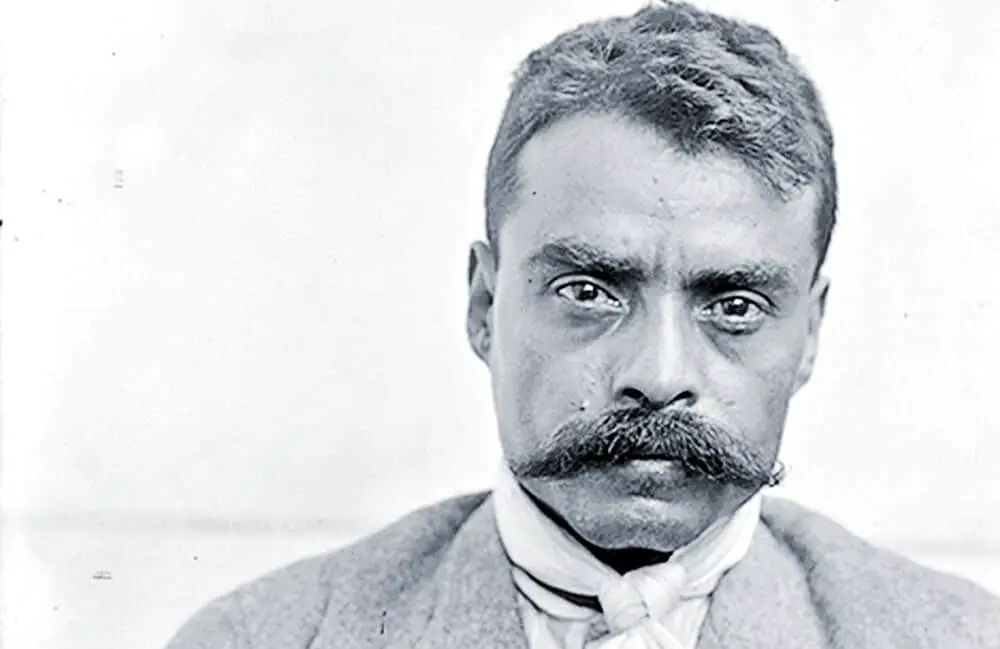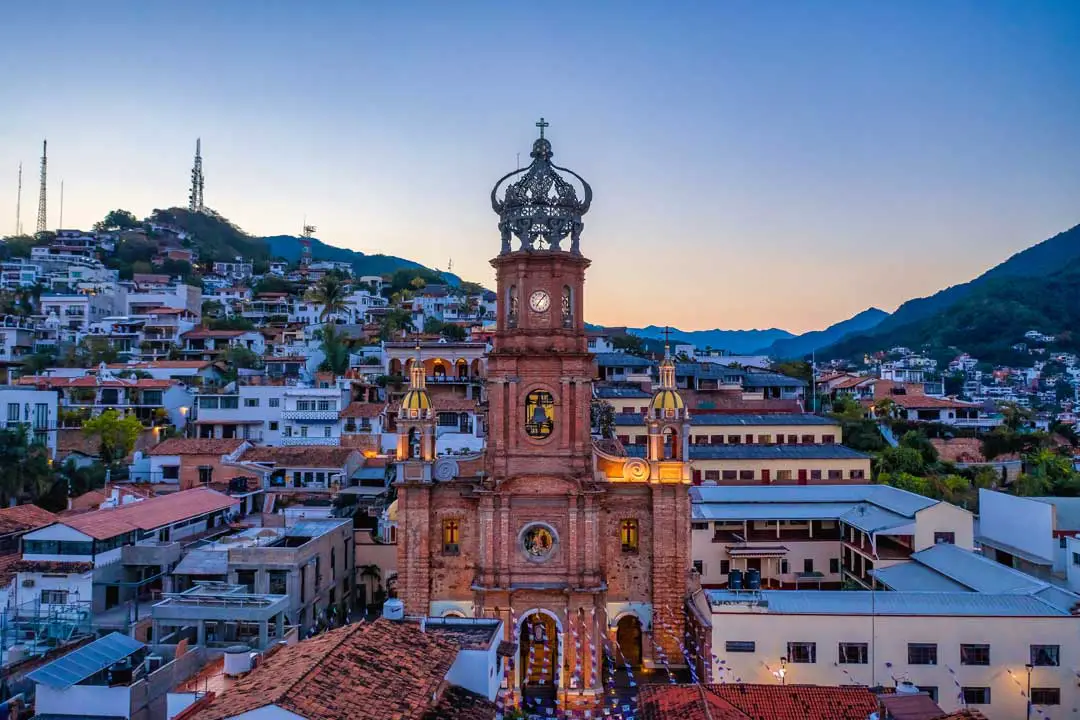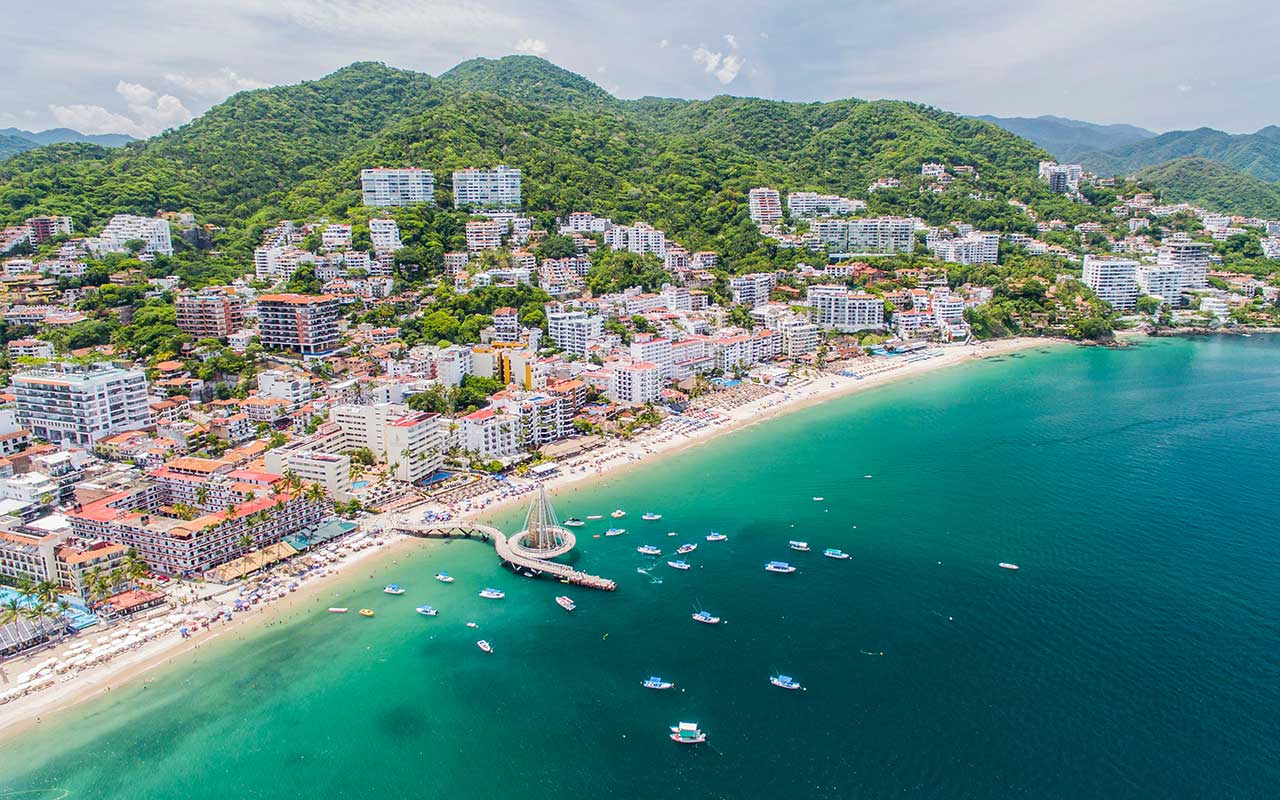In this newest series from #WeLovePV, we take a look at some of the names emblazoned upon Mexico’s street signs, currency, and public consciousness to answer the question that has lingered on the lips of Vallarta visitors since time immemorial: “Hey, Who’s That Guy?”*
Emiliano Zapata Salazar remains one of the most romanticized figures in the pages of the bloody Mexican Revolution, so revered in national culture that he not only gives his name to a street in Puerto Vallarta’s Zona Romantica, but the entire neighboring colonia inland from Playa de los Muertos. He is also a frequent subject of murals, paintings, and other tributes in town.
Life in a permanently downtrodden underclass had a profound effect on his later ambitions; the seeds of revolt were planted early. Born in 1879, Emiliano Zapata spent his formative years struggling with the challenges of life for everyday Mexicans as poor rural families like his suffered under a privileged elite who monopolized agricultural land and water resources.
By 1910’s Mexican Revolution, Zapata had established himself as a prominent personality in the insurrection. He served as the voice of the voiceless, bringing leadership to a movement in need of decisive direction. Working in conjunction with other leaders within the peasantry, he formed the Liberation Army of the South, in the process becoming chief commander of the forces that toppled the incumbent regime.
After falling out with the new administration over ideological differences, Zapata advocated passionately for the rights of Mexico’s poor, championing the Plan de Ayala which called for significant reforms in the country’s socioeconomic structures, including redistribution of land holdings. The protests he led were violently quashed by the standing Federal Army, galvanizing his followers around him and inspiring his troops through a painfully protracted struggle.
The revolutionaries’ tenuous victory over Mexico’s elite led to a civil war for control among the winners. A fractured government left Zapata in control of substantial territory by 1915, a jurisdiction in which he enacted the system of reforms that in time would have a transformative effect on the typical citizen. However, Zapata’s direct influence over the society he helped mold was short-lived, as he was killed by counterrevolutionaries in an ambush just a few years later.
Today widely viewed as a martyr and most often depicted as a warrior armed for battle, “El Tigre del Sur” is characterized by boldness and fierce determination. His vision is the inspiration behind an agrarian movement known as Zapatismo that continues to this day. In its modern interpretation, Zapatiismo is centered around self-sustaining, self-governing communities, and his ideas have particularly strong roots in southern Mexico, where he built his legacy in life.
Held up as a modern patron saint of rebellion in the country, the figure of Emiliano Zapata stands taller than all but a few others in the saga of Mexican independence…and so next time you’re on the hunt for the freshest fish, fruit, and fowl in the local market that bears his name, perhaps pause to consider how one man can change the course of history.



